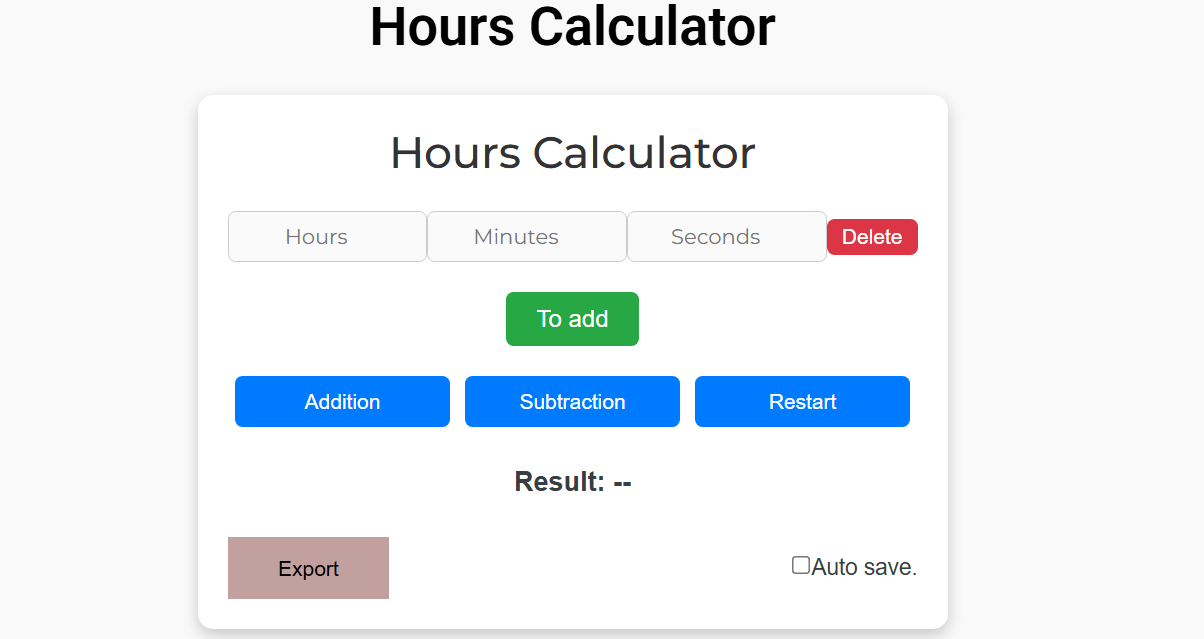Web design is not just about how your website looks. It’s also about how the website interacts with and converts the target audience. Some of the offerings of industry-best website designs are –
- Brand representation
- Market penetration
- Lead generation
But not all websites can nail all three. Only those built on a website design that works in tune with robust SEO practices can pull it off.
While many businesses just focus on the look of a website, one must not overlook the importance of integrating SEO with the design. An SEO-friendly website design is essential to keep up with today’s competitive digital landscape; nevertheless, many designers still make common mistakes that negatively impact SEO.
In this blog, you will learn about the most common design mistakes that take a toll on website SEO and how you can solve them.
5 Common Website Design Mistakes and How to Solve Them
Mistakes in your website design are a big no-no. Listed below are some common errors that every website designer has been guilty of. To eliminate the errors, here are the solutions that can be of great help.
Error #1: Not Prioritizing On-Page Optimization
If your designer is more focused on the look of the website and is avoiding on-page optimization, it is time to shift to other resources. Along with conveying your brand message, your website designer should also focus on its performance from the SEO perspective. SEO-optimized website designs allow greater visibility with higher SERP rankings.
Solution:
- Effective optimization strategies help crawlers find your website easily and rank it higher. The first step to effective optimization is to focus on the content and how to display it. Writing pages using user-friendly language and high-volume keywords would keep your website aligned with user queries.
- Implementing keywords in the right place is crucial. Important keywords should be integrated into your page headlines, preferably the H1 and H2. The content flow should be such that it answers important questions first under effective subheads.
- Keeping your content and keywords updated will keep your page relevant to user queries and requirements.
- Avoid low-quality and thin content. Make sure that your content carries valuable insights that can engage users. Quality content is a search engine-imperative and ensures a higher ranking.
- Your meta also plays a vital role in optimizing your page, offering the search engines important information about your page. By tailoring clear and impactful meta tags, you can increase the chances of your website ranking higher.
Having said that, it is important for businesses to realize that on-page optimization is not a day’s job and requires continuous monitoring and support. It is important to perform a scheduled review of the keywords and update them according to the latest web design trends of 2025.
Error #2: Improper Page URL and Image Naming
Failing to name your images properly, using irrelevant images, and crafting improper page URLs are some common mistakes. Most designers stuff keywords into alt tags to avoid such mistakes. However, this is not the right approach.
Solution:
The right way to move forward is to use alt tags and URLs aligned with the page’s content. Craft relevant names that properly define the images and are meaningful to your visitors. Also, ensure that you are optimizing your alt tags well to make your websites effective and accessible to those with visual impairments. If you are struggling with alt tags creation and image naming, you can consult with the best web design firms and define your images and URLs effectively.
Error #3: Not Adopting Responsive and Mobile-Friendly Design
As most users access websites on their mobile devices, it is paramount to build responsive and mobile-friendly designs. Today, a major percentage of website traffic comes from mobile devices. Thus, ensuring a smooth mobile experience empowers your business to attract a larger audience, move them effectively through the conversion funnel, and convince sales. Not having a mobile-friendly and responsive design sends your prospective customers away.
Solution:
Your designer should ensure that the content is clearly visible on a small screen. If not, the web design should be altered to meet the needs.
Make sure that the pages load fast, even on a mobile device. Depending on the requirements of your business, you can choose and decide between responsive web design and mobile first and which approach fits your needs. Make sure that your designers consider mobile optimization at the initial stages of web designing.
Error #4: Choosing Cluttered and Inconsistent Designs
Gone are the days when using flashy colors and bombarding websites with images and animations were a thing. According to the top website design trends in 2025, cluttered, congested, and inconsistent web designs are detrimental to SEO. Visual overload impacts your visitors negatively and makes sure that your customers never come back.
Solution:
Hire the right website design agency that believes in both aesthetics and functionality. With the perfect designer, select a theme color aligned with your brand purpose and niche. For example, if you are dealing with eco-products, let your website go green. Nevertheless, remember to choose a shade that relaxes the eye rather than stabbing it.
Be very consistent and clear about the theme and logo placement from the initial stages of design. Also, make sure that you define your CTAs clearly so that your users know where to click and when.
Conclusion
One of the most effective ways to avoid the above-mentioned mistakes or find solutions to them is to hire an experienced website design company in new york. With strong industry experience, they can provide robust solutions to build effective website designs aligned with SEO best practices, ensuring better performance and higher conversions.
While finding the best web design partner, be on the lookout for the tech stack, expertise, services, portfolio, and more. Supporting your quest with these aspects will help you filter out the best agency that understands your business and provides solutions that target your unique challenges and needs.



